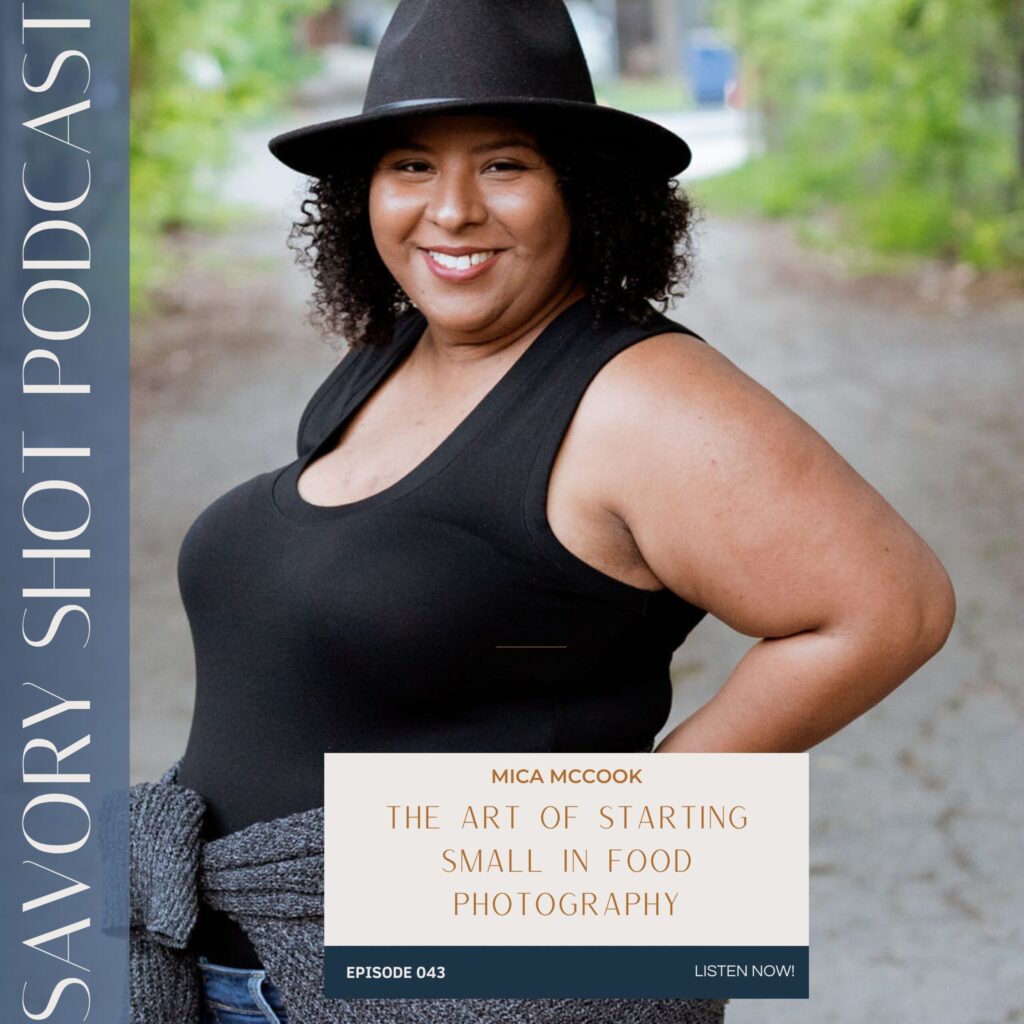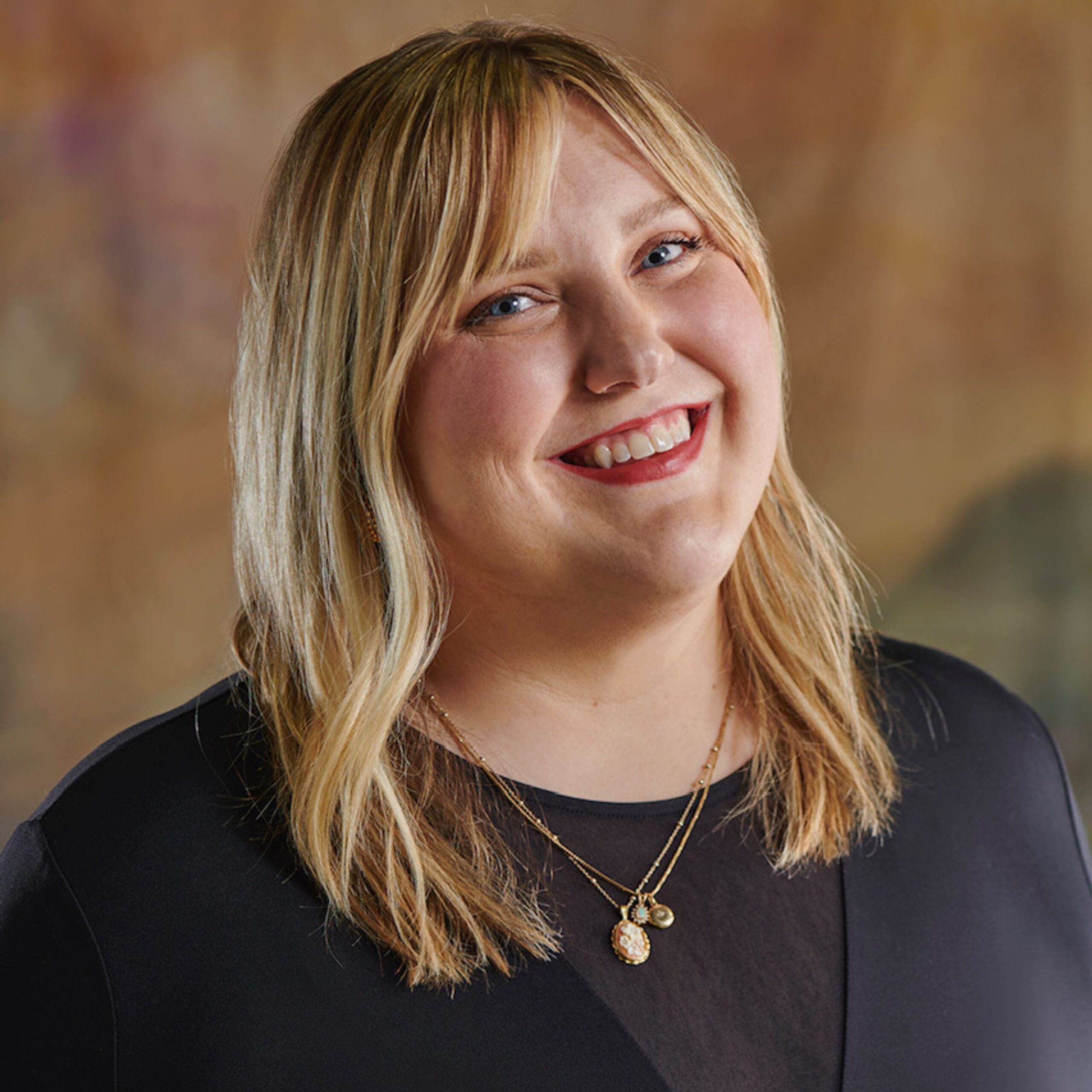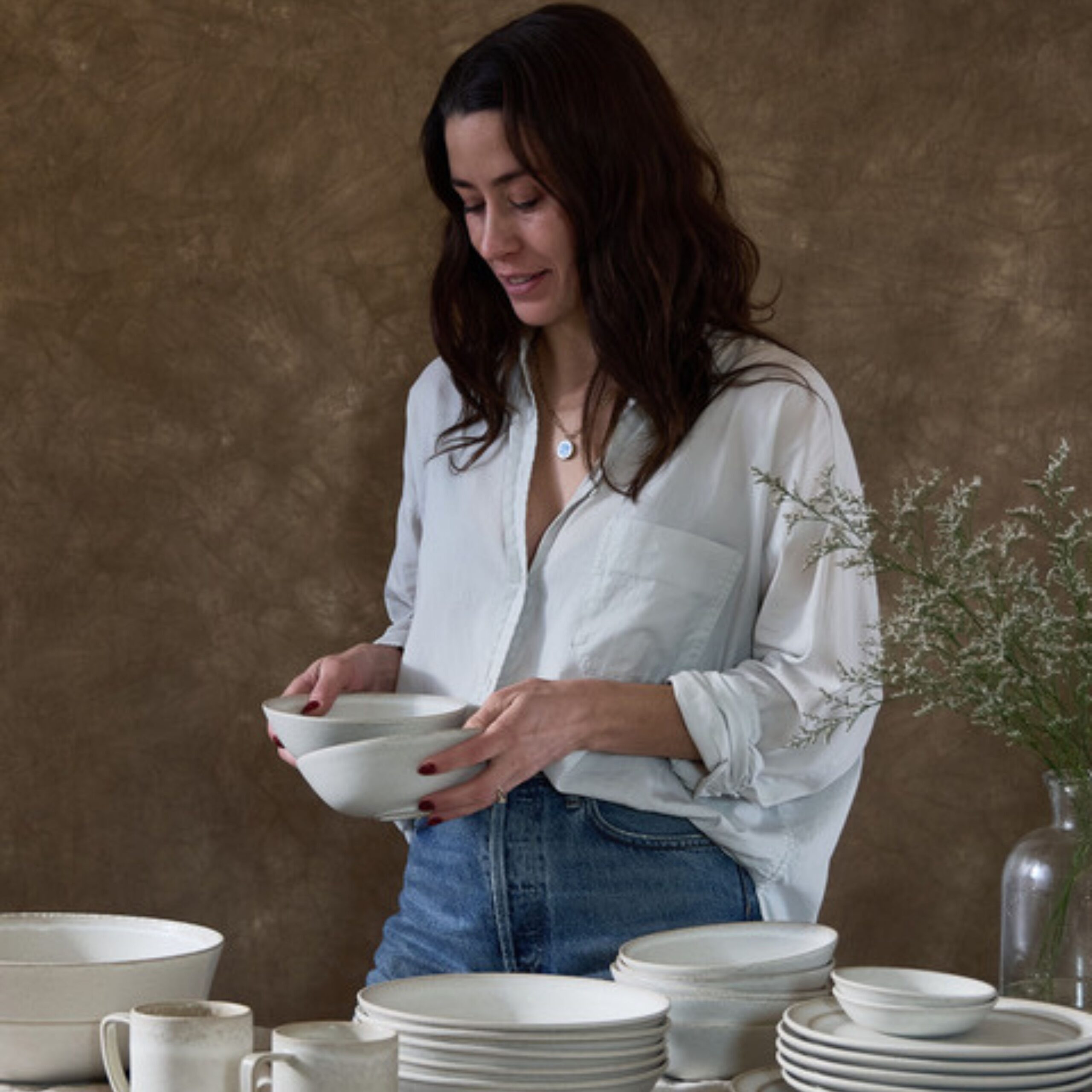
Ever feel like you’re juggling a million things, trying to snap that perfect shot, but your setup is more makeshift than professional? Let’s get real: we’ve all been there, including me. My early days were all about making do with what I had, dreaming big with a small kit in hand. I remember using books to prop up my camera and daylight as my studio light. It wasn’t glamorous, but it taught me to focus on creativity over equipment. This journey of mine, from makeshift setups to professional shoots, proves that with a bit of ingenuity and a lot of perseverance, those humble beginnings can lead to remarkable outcomes.
What’s Holding You Back in Food Photography?
The fear of not having enough resources can freeze you in your tracks. Let’s discuss this common challenge and empathize with those feeling stuck at square one. It’s like standing on the edge of a diving board, looking into the deep end, wondering if you have what it takes to make the jump. But here’s the truth: every professional started somewhere, and often, it was with less than you might imagine. This moment of hesitation is not just a barrier but a stepping stone waiting for you to take that leap of faith.
How Can You Thrive in Food Photography with Limited Resources?
It’s easy to get caught up in the belief that success hinges on having the latest gear or a studio filled with natural light. But what if I told you that your most powerful asset is your creativity and the ability to see potential in the ordinary? Let’s dive deep into making the most of what you already have, starting with the golden glow of natural light that streams through your window. This light can transform a simple dish into a masterpiece.
Next, look around your home for props and backdrops. That old wooden table? It’s now your rustic setting for a farm-to-table feast. The sheets and curtains? They’re your diffusers, softening the light and adding just the right mood.
And let’s not forget about the power of learning and community. Online tutorials, eBooks, and workshops can be invaluable, often more so than any piece of equipment. Joining photography forums or local groups can also offer insights and opportunities to collaborate.
The Five Essential Questions Before Investing in Photography Gear
When contemplating the addition of new equipment to our photography toolkit, it’s crucial to pause and reflect, ensuring our investments are both wise and beneficial to our craft. Let’s delve into the five vital questions I ask myself before making any purchase:
- Is this a need or a want? Understanding the difference between necessity and desire is foundational. A need would fill a gap that hinders your ability to produce work, while a want is often driven by the allure of the new or the promise of enhancement without a critical requirement.
- How will this equipment or course improve my photography? The potential for growth and improvement in our work is a significant motivator. Consider how the new gear will enhance your creativity, efficiency, or quality of output. Will it enable new techniques or refine existing ones?
- How many shoots would I have to book to get a return on my investment? Financial sustainability is key. Calculate the number of projects or shoots required to recoup the investment. This perspective helps in making an informed decision that aligns with your business model and financial goals.
- How often would I use this equipment? Frequency of use is a pragmatic consideration. Equipment that serves multiple purposes or can be used regularly across various types of shoots offers more value than something with a singular function or limited application.
- How many years will I use it? Longevity and durability play into the decision-making process. Investing in quality gear that withstands the test of time and evolving photography trends ensures a better return over the years, making it a smarter long-term investment.
By methodically evaluating each purchase through these questions, we can make informed decisions that bolster our photographic journey, enhancing our ability to tell compelling stories through our lens while ensuring financial prudence.
What Are Your Next Steps in Food Photography?
Wrapping up, we’ll revisit the essential takeaways and encourage you to apply these insights. Stay curious, keep experimenting, and don’t forget to follow for more tips on making your food photography journey a success.
Episode Breakdown
- Starting with a Canon PowerShot.
- First professional camera: Canon 70D.
- $50 light kit and learning lighting.
- Realizing equipment’s expense.
- Importance of selective investment.
- Reflecting on unnecessary gear.
- Renting vs. buying equipment.
- Learning through trial and experience.
- Starting a Patreon for behind-the-scenes content.
Resources
- Canon PowerShot
- Canon 70D
- Canon 5DSR
- Patreon
- Neewer strobes
- FakeSpot
- Half Priced Books
- Light Science and Magic
- Snapshots to Great Shots by Nicole Young
- YouTube
- Coursera
- Buy Nothing community
- The Player’s Club





